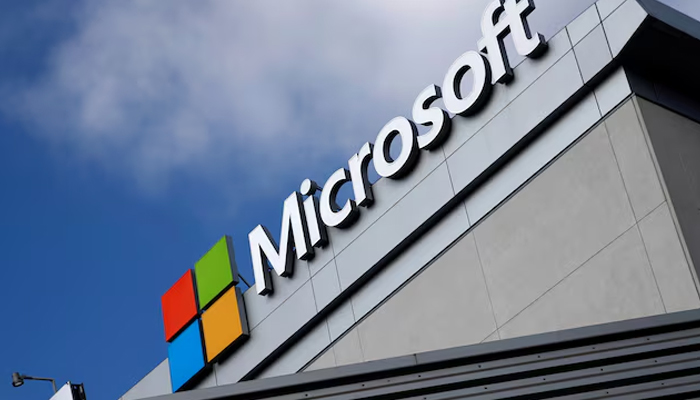
The worldwide Microsoft outage has impacted millions of computer systems globally, with users reporting a recent shutdown or restart of their systems which Microsoft claimed is due to a recent CrowdStrike upgrade.
According to Microsoft, the preliminary root cause is “a configuration change in a portion of our Azure backend workloads caused interruption between storage and compute resources, and which resulted in connectivity failures." This has impacted “downstream (and dependent) Microsoft 365 services,” Microsoft added.
Read more: What caused the global Microsoft outage?
CrowdStrike Engineering identified a content deployment related to this issue and reverted those changes. Microsoft has posted steps for resolution for affected Windows users.
According to a report by The Sydney Morning Herald, “The outage was caused by a fault in the “Falcon sensor” used by US-based cybersecurity provider CrowdStrike.
The sensor is installed on many business computers to gather security data. The fault had a major impact on Microsoft systems worldwide.
Gadinsider has compiled the steps you can follow amid the Microsoft outage.
- Boot Windows into Safe Mode or the Windows Recovery Environment
- Navigate to the C:\Windows\System32\drivers\CrowdStrike directory
- Locate the file matching C-00000291*.sys and delete it
- Boot the host normally
Microsoft’s answer on the outage?
Taking to X (formerly called Twitter), Microsoft stated: "investigating an issue impacting users ability to access various Microsoft 365 apps and services". The company added, "We're working on rerouting impacted traffic to alternate systems to alleviate impact more expediently.
We're still observing a positive trend in service availability while we continue to redirect impacted traffic. We still expect users will continue to see gradual relief as we continue to mitigate the issue.”















